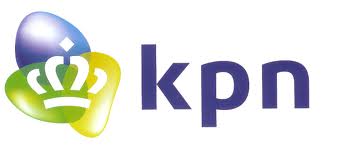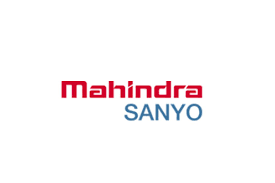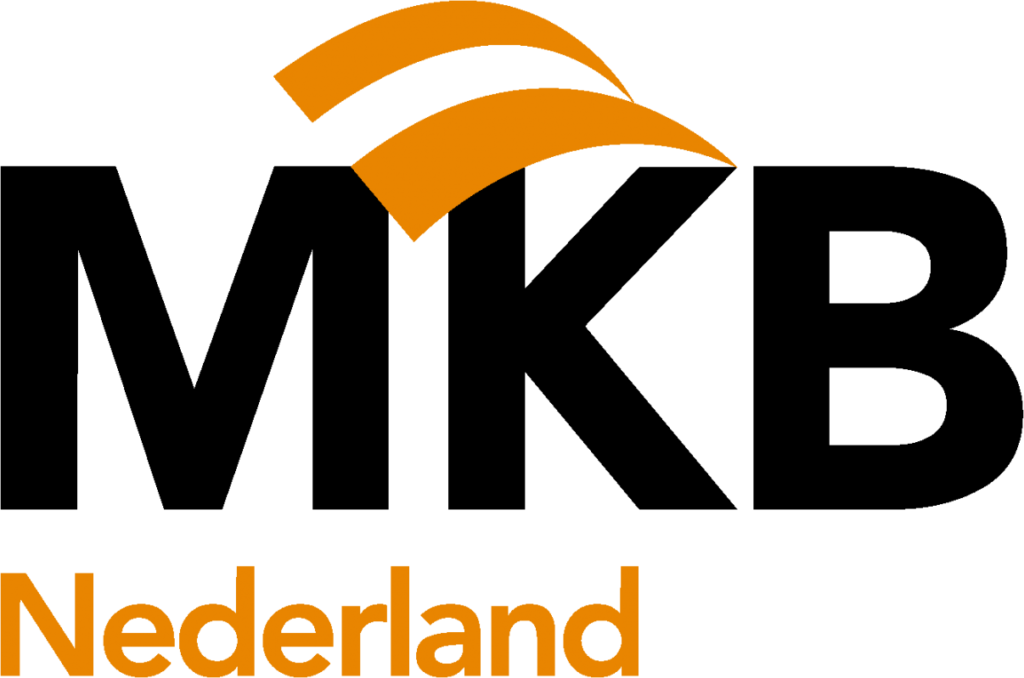grievance mechanism
Hoe maak je het omgaan met klachten effectief voor mensenrechten?
Een grievance mechanism is een manier voor werknemers of externe belanghebbenden om klachten of zorgen over hun werkomgeving of welzijn kenbaar te maken. Volgens de EU CSDDD wordt dit verplicht.
Externe belanghebbenden die effecten ondervinden van bedrijfsactiviteiten moeten ook hun zorgen of klachten kunnen uiten. Dit kunnen bijvoorbeeld omliggende gemeenschappen of werknemers in de keten zijn.
Het kan gaan over gezondheid en veiligheid, discriminatie, intimidatie en ook over schade aan de natuurlijke hulpbronnen van mensen die beïnvloed worden door de activiteiten van een bedrijf. Een grievance mechanism dient als feedbacksysteem.
Is het meldingssysteem, de hotline, het klokkenluidersbeleid, anonieme grievance mechanism van uw bedrijf ook effectief voor mensenrechten?

Externe belanghebbenden weten vaak niet dat een klachtenafhandeling of grievance mechanism bestaat. Ze kunnen gefrustreerd raken, omdat niemand naar hen luistert. Ze gaan demonstreren, protesteren of stappen met hun zorgen naar de media.
Hoe helpen we onze klanten met een grievance mechanism?
We geven specifiek advies over klachten van mensenrechtenschendingen, bijvoorbeeld kinderarbeid, dwangarbeid, of leefbaar loon in de keten.
Beoordelen van de effectiviteit van het bestaande grievance mechnism voor mensenrechten en ondersteunen bij het ontwikkelen van effectievere oplossingen.
We adviseren bij het vinden van manieren om klachten van externe stakeholders te identificeren en behandelen.
Voordelen van een effectief grievance mechanisme zijn:
- Werknemers of externe belanghebbenden voelen zich gehoord en gewaardeerd.
- Eventuele problemen identificeren voor het escaleert.
- Ondersteunt risico-management
- Het creëert een open cultuur waarin de mensenrechten kunnen worden besproken.

















